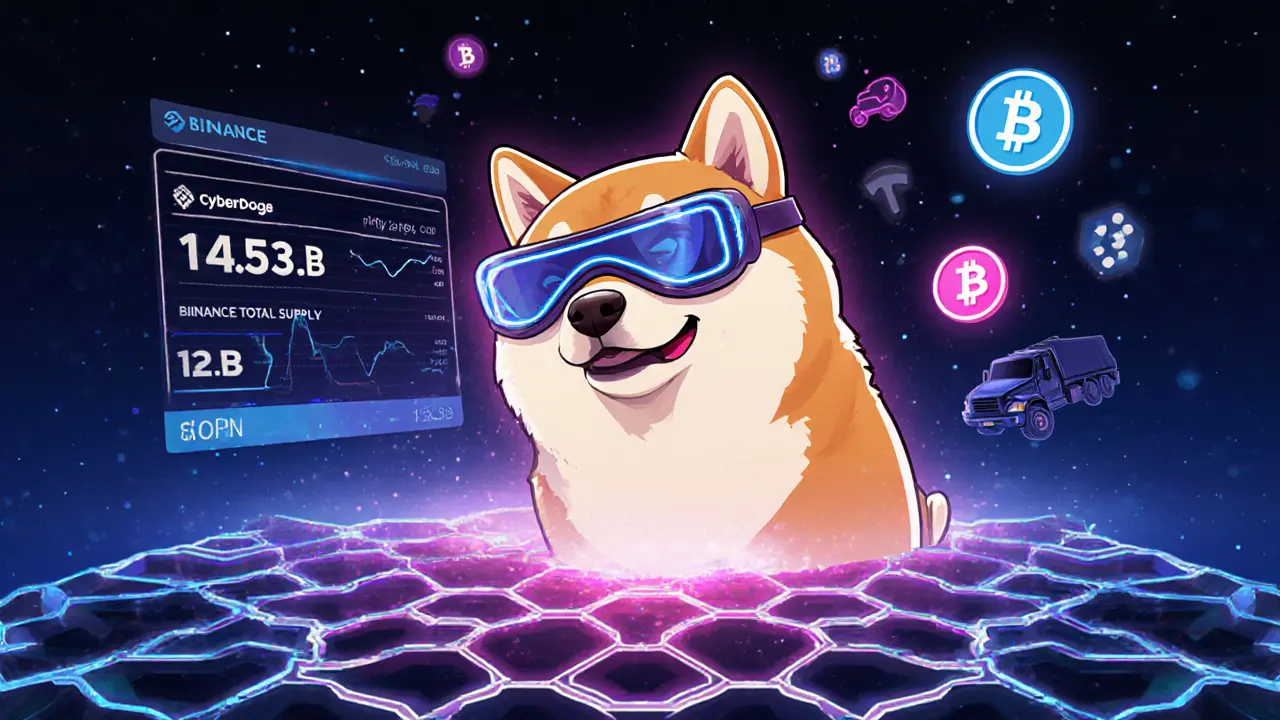Meme Token: What They Are and Why They Matter
When working with meme token, a cryptocurrency that rides internet memes, viral jokes, and community hype to create market buzz. Also known as memecoin, it mixes pop culture with blockchain finance, turning a funny image into a tradable asset. This blend of humor and finance means price swings can be wild, but the underlying community spirit often fuels rapid adoption.
Key Concepts Around Meme Tokens
One common off‑shoot is the play-to-earn token, a crypto that rewards users for in‑game actions or content creation. Projects like KittySpin turn meme appeal into a gaming loop, so tokenomics and player retention become tightly linked. Another driver is the airdrop, a free token distribution used to spark interest and grow a community. A well‑executed airdrop can catapult a meme token’s visibility, but it also introduces risk if the giveaway lacks clear backing. Both play‑to‑earn tokens and airdrops illustrate how meme token popularity often hinges on community incentives rather than pure technical merit.
Behind the hype, solid tokenomics, the economic design that defines supply, distribution, and utility matter. An inflated supply can dilute value, while a well‑structured reward system can keep holders engaged. Many meme tokens borrow features from larger ecosystems—like Solana’s fast, low‑fee network—to stay affordable for everyday traders. Understanding how supply caps, burn mechanisms, and staking rewards interact helps you separate fleeting trends from tokens with a sustainable economic model.
Where you trade also shapes the experience. A decentralized exchange, a peer‑to‑peer platform that lets users swap tokens without a central authority often lists newer meme tokens first, giving early adopters access before big‑name exchanges catch on. However, DEX liquidity can be thin, leading to price slippage and higher risk. Comparing DEXs to centralized venues—where order books are deeper but fees higher—helps you decide where to place a trade based on speed, cost, and safety.
All these pieces connect in a simple chain: a meme token gains momentum through an airdrop, its community fuels play‑to‑earn mechanics, solid tokenomics keep the engine running, and the right exchange provides the runway for price movement. If any link breaks—say the airdrop turns out to be a scam—the whole structure can wobble. That’s why keeping an eye on each component gives you a clearer picture than just watching the price chart.
Below you’ll find a curated list of articles that break down each of these aspects in detail—from KittySpin’s play‑to‑earn model to real‑world airdrop verification steps, from deep‑dive exchange reviews to token‑by‑token risk assessments. Dive in to see how the concepts we just covered play out across actual projects, and use the insights to shape your own strategy when navigating the fast‑moving world of meme tokens.
What Is CyberDoge (CDOGE) Crypto Coin? A Simple Guide
Discover what CyberDoge (CDOGE) is, its Binance Smart Chain roots, tokenomics, staking features, and why it's considered a high‑risk meme coin tied to Tesla rumors.
read more

